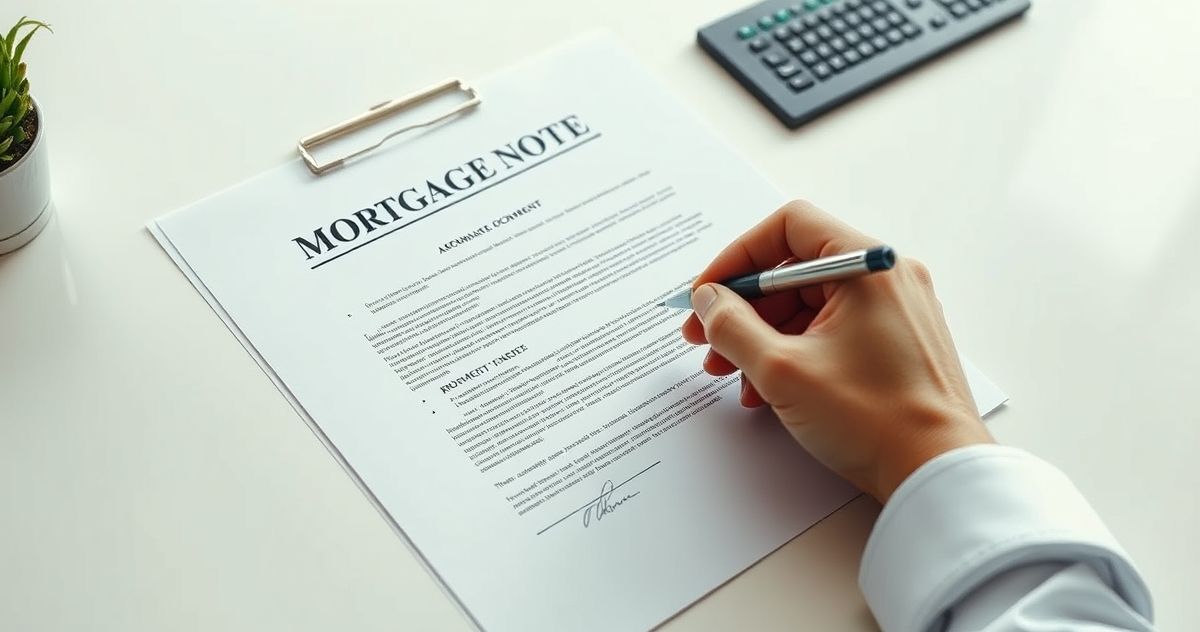At your home loan closing, you’ll sign a large stack of documents, but the mortgage note is one of the most important. Think of it as the official IOU between you and your lender. It’s a legally binding contract that establishes your personal responsibility to repay the loan under the agreed-upon terms.
Key Components of a Mortgage Note
Reading your mortgage note carefully before signing is crucial. According to the Consumer Financial Protection Bureau (CFPB), every note must contain specific details about the loan. Here’s what to look for:
- Principal and Interest Rate: The note specifies the total loan amount (principal) and the interest rate you’ll pay. It will also clarify if the rate is fixed or adjustable.
- Payment Schedule: This section details the amount of each payment, the due dates (e.g., the first of every month), and the “maturity date”—the date by which the loan must be fully repaid.
- Late Fee Clause: This outlines the penalty if you fail to make a payment on time.
- Acceleration Clause: A critical component, this clause states that if you default on the loan (e.g., by missing several payments), the lender can demand immediate payment of the entire remaining balance. This action is often a precursor to foreclosure.
- Prepayment Clause: Some notes include a penalty for paying off the loan too early. While less common now, it’s important to check if this applies to your loan.
Mortgage Note vs. Mortgage (or Deed of Trust)
Homebuyers often use “mortgage” and “mortgage note” interchangeably, but they are two separate documents with distinct functions:
- The Mortgage Note is your promise to pay. It outlines the loan’s financial terms and makes you personally liable for the debt.
- The Mortgage (or a Deed of Trust in some states) secures that promise. It creates a lien on your property, giving the lender the legal right to seize and sell the home if you fail to uphold the terms of the note.
In short, the note creates the debt, and the mortgage provides the collateral. Both are required to finance a home.
What Happens to the Note After You Sign?
Once signed, the note becomes a negotiable instrument, meaning your lender can sell it on the secondary mortgage market to another bank or investor like Fannie Mae or Freddie Mac. This is a standard industry practice.
If your note is sold, the new owner must honor the original terms. Your loan will be managed by a loan servicer, which may or may not be the entity that owns the note. The only thing that changes for you is where you send your monthly payments. The terms in your note cannot be altered unless you formally refinance the loan.
Source: Consumer Financial Protection Bureau – What is a promissory note?



